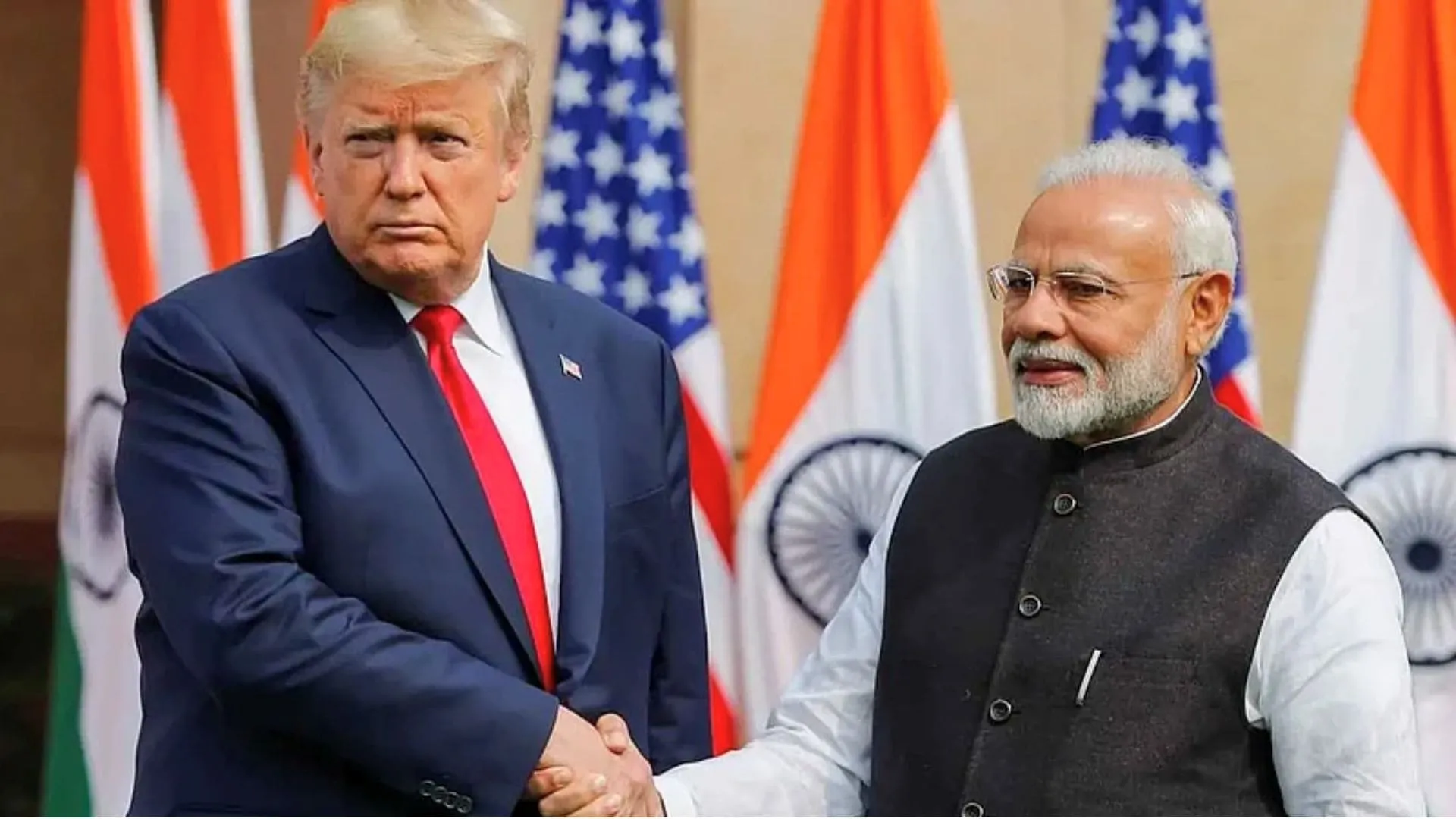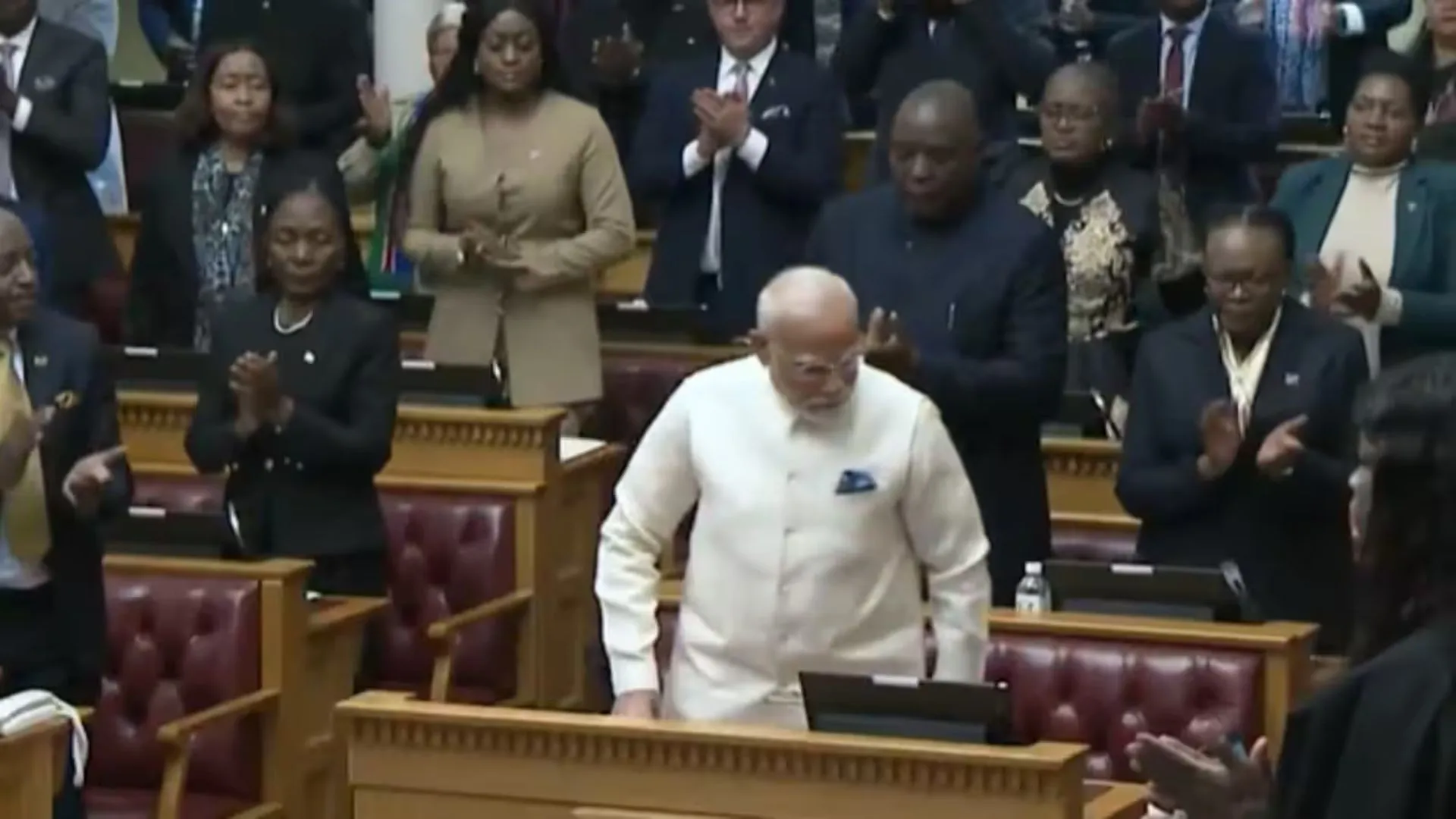US President Donald Trump’s recent declaration of ‘Liberation Day’ tariffs has shaken the world of global trade. Announced on April 2, 2025, the far-reaching steps impose a tariff of 27% on India, impacting its exports to the US. This move is part of Trump’s larger economic strategy to bring back American jobs and reduce reliance on foreign products.
For India, the effect is sector-specific. While certain industries are likely to suffer heavy losses due to increased costs, others may gain a competitive advantage. The pharma industry has emerged as a clear winner, benefiting from an exemption from extra duties. However, sectors like gems and jewellery, agriculture, and apparel face major challenges, with price pressures and reduced competitiveness in the US market.
With the new tariffs now in place, India’s policymakers are rushing to assess the economic impact and explore negotiation strategies to minimize damage. This explainer breaks down the winners and losers across India’s key industries.
Pharma Industry: A Big Win for Indian Drug Manufacturers
The Indian drug industry has come out largely unaffected by Trump’s tariff policy. The US has exempted pharmaceutical imports from further duties, acknowledging its reliance on cheap generic medicines from India. Indian firms provide close to 50% of all generic medicines used in the US, and they are an integral part of the American healthcare system.
Investor confidence rose after the tariff announcement, with Indian pharma stocks rallying:
– Lupin Ltd increased by 4.26% to Rs 2,095 per share.
– Sun Pharmaceutical Industries Ltd went up by 3.26% to Rs 1,770 per share.
– Cipla Ltd increased by 2.92% to Rs 1,495 per share.
The exemption maintains Indian drug producers extremely competitive in the US market. It also keeps medicines affordable for American consumers as Chinese and European options are expensive. For Indian pharmaceutical firms, the move ensures sustainable growth and asserts their control in international generic drug business.
Apparel Industry: Short-Term Setback, Long-Term Benefits
India’s $7 billion garment export market has been severely affected, with new tariffs significantly increasing the cost. The US has been one of the key markets for Indian textile exports, but the 27% tariff makes Indian clothing less competitive in the short run.
This is particularly difficult for small and medium-sized textile producers, who already work on wafer-thin margins. Firms such as Apollo Fashion International, a prominent Indian apparel export firm, have complained of lower demand and price pressures.
But a silver lining is on the horizon. India’s main rivals in the garment industry—China, Vietnam, and Bangladesh—have been subject to even higher tariffs:
> China: 54% tariff
> Vietnam: 46% tariff
> Bangladesh: 37% tariff
This renders Indian clothing comparatively cheaper in the US market in the long term. Should US consumers divert purchasing from higher-tariff nations, India might ultimately experience greater demand even in spite of the current problems.
Experts in fashion industry analysis believe Indian clothing manufacturers might face difficulties in the short term, but altered trade patterns might see a long-term export increase.
IT Services: Insulated but Exposed to Indirect Threats
India’s IT industry, a key contributor to the Indian economy, is totally untouched by the new tariffs. This is due to the fact that Trump’s actions pertain only to physical products and not services.
With software exports worth $205.2 billion in FY24, Indian IT firms rely immensely on US clients. As there are no new trade barriers to services, companies such as TCS, Infosys, and Wipro can continue outsourcing and consulting businesses uninterrupted.
But analysts warn of indirect risks. If the tariffs reduce US economic growth, US companies will likely reduce spending on technology. That would indirectly hit demand for Indian IT services in the long term.
Indian technology companies are presently well-placed, but they need to watch US market conditions closely.
Agriculture: Shrimp, Rice, and Meat Exporters Prepare for Massive Losses
Agriculture is among the most affected industries under the new tariffs. The US is India’s biggest market for agricultural imports, buying more than $5 billion worth of products in 2024. With the new tariff of 27%, Indian farmers and exporters are preparing for significant losses.
Shrimp Exports
The US is India’s biggest customer for shrimp, one of the nation’s most lucrative agricultural exports.
But Ecuador, being a major rival, pays only a 10% duty, and its shrimp will be more appealing to US consumers.
This might cause Indian shrimp exports to decline as consumers move to lower-priced substitutes.
Rice and Buffalo Meat
India is the global leader in basmati rice exports, with the US being one of its most important customers.
The 27% tariff might lower the demand since American consumers can turn towards lower-priced sources in Thailand and Pakistan.
Buffalo meat exports, the other large industry, will also be adversely impacted by increased prices.
The Seafood Exporters Association of India has cautioned that the overall tariff burden (countervailing duty included) could be as high as 33%, rendering Indian seafood exports extremely uncompetitive in the US market.
Gems and Jewellery: The Worst-Hit Sector
India’s gems and jewellery sector, which shipped $9.9 billion worth of products to the US in FY24, suffers the largest losses under Trump’s tariff proposal.
Earlier, polished diamonds were duty-free, enabling India to dominate the US jewellery market. But the new tariffs bring in huge cost hikes:
Polished diamond tariffs go up from 0% to 27%.
Gold jewellery tariffs increase from 5–7% to 32%.
This sudden hike in expenses may discourage US importers, and Indian jewellery exports would see a sudden drop.
Dinesh Navadiya, ex-chairman of the Gems and Jewellery Export Promotion Council (GJEPC), cautions that increased prices may divert demand from India, particularly in the $89.5 billion US diamond market.
To mitigate the effect, industry players request that the government discuss the reduction of tariffs and probe other markets for Indian exports of jewellery.
Market and Policy Response: India Negotiates with the US
India’s Commerce Ministry has started reviewing their economic effects and is drawing up countermeasures in response to these tariffs. Government officials indicate that there is scope for negotiations, with the following statement:
“There is a provision for tariff reductions if a country addresses US concerns.”
To protect its exports, the Modi government has initiated bilateral talks with Washington. The intent is to scale down the brutality of tariffs imposed on major Indian industries, so as not to create a drawn-out economic stress.
A Mixed Bag for India
Trump’s ‘Liberation Day’ tariffs pose significant challenges for Indian exporters. Pharma and IT remain untouched, while gems, jewellery, and agriculture face heavy losses. Apparel manufacturers suffer immediate setbacks but may gain long-term benefits as global trade adjusts.
While markets respond to these changes, Indian policymakers and businesses have to move quickly to negotiate improved trade terms and reduce economic disruption. The next few months will prove critical in how India responds to this emerging trade scenario.





















